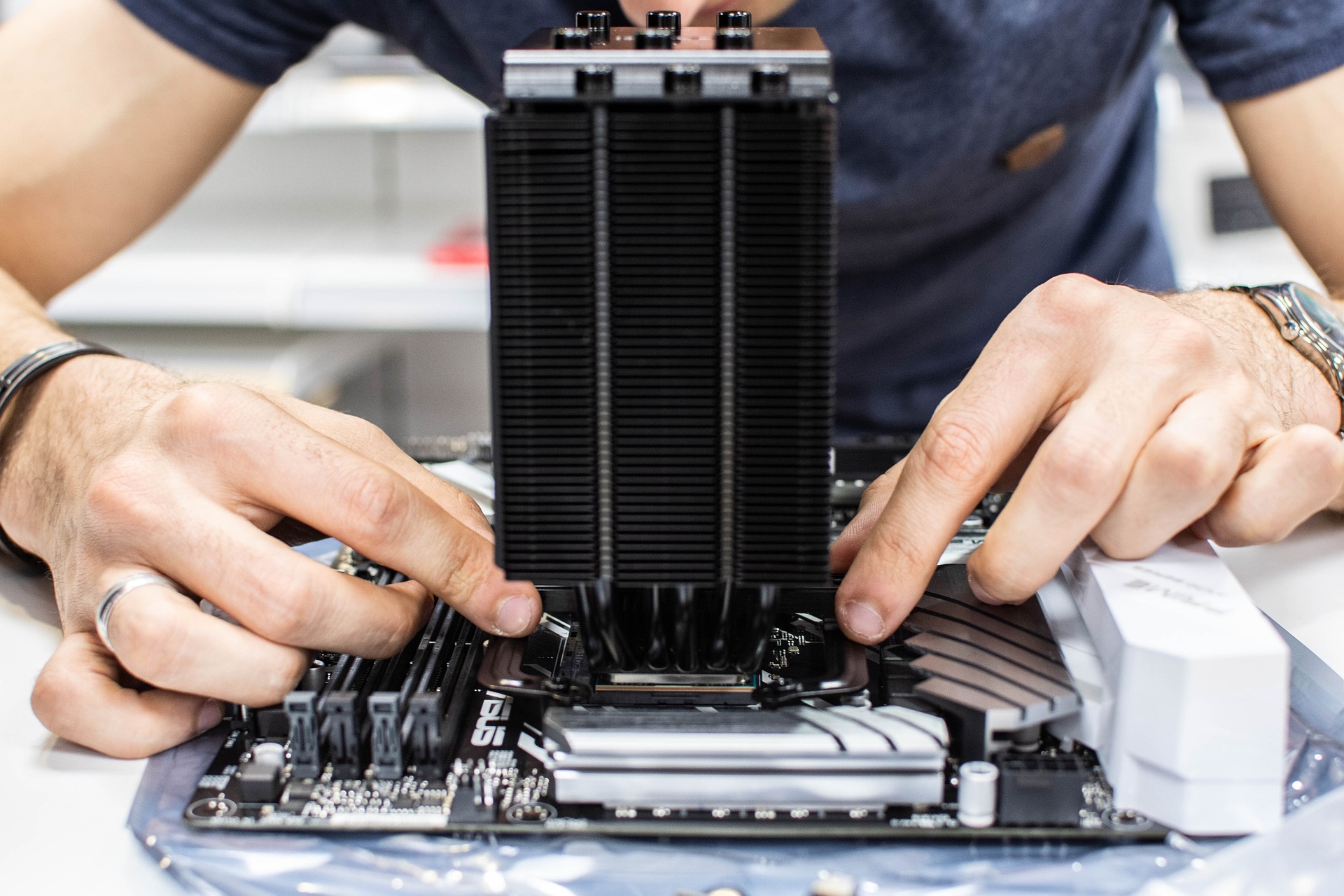Optimizing power settings to reduce energy consumption
Adjusting device power settings can significantly lower energy use and extend hardware lifespan without sacrificing essential functionality. This article outlines practical steps to optimize power profiles on laptops and desktops, considers firmware and maintenance factors, and highlights how choices about peripherals, storage, and recycling influence overall energy efficiency.

Modern devices offer multiple pathways to reduce energy consumption through careful configuration and maintenance. By tailoring power settings, users can extend battery runtime on portable devices, lower electricity use for desktops, and manage heat and performance trade-offs. This article explains practical adjustments to system power plans, the role of firmware and maintenance, and how choices around peripherals, connectivity, and disposal affect a device’s energy footprint.
How can battery settings extend runtime?
Battery-focused power settings are a primary lever for reducing energy consumption on portables. Lowering screen brightness, shortening the time before display sleep, and enabling battery saver modes reduce peak draw and prolong usable time between charges. Modern operating systems offer tiered power plans (for example, balanced or power saver) that adjust CPU frequency scaling and background task behavior to prioritize battery life. Monitoring battery health through built-in diagnostics and avoiding deep discharge cycles also helps preserve capacity, which indirectly reduces the need for frequent recharges and replacement batteries.
How do power settings affect cooling and performance?
Power profiles influence CPU and GPU clock rates, which directly impact heat generation and cooling requirements. Selecting conservative performance states reduces thermal output, allowing fans to run at lower speeds and decreasing wasted energy from active cooling. For desktops used for light tasks, configuring advanced power options to limit maximum processor state or enable sleep for idle components can lower baseline energy consumption. Be mindful of performance-sensitive workloads: for tasks requiring sustained throughput, brief periods of higher power use may be unavoidable, but intelligently scheduling or batching such tasks can confine elevated power draw to specific times.
What firmware and maintenance steps help power efficiency?
Firmware and software maintenance are critical to efficient power use. Keeping system firmware and device drivers updated ensures that power management features operate correctly and receive efficiency improvements. Regular maintenance such as cleaning dust from vents, replacing aging thermal paste, and ensuring unobstructed airflow supports optimal cooling so hardware can run efficiently at lower fan speeds. Software maintenance—removing unnecessary startup applications, applying OS updates, and using lightweight alternatives for background services—reduces CPU cycles and background power draw.
How does connectivity and peripherals impact power use?
Connectivity options and attached peripherals add to a device’s energy budget. Wi-Fi and Bluetooth radios continuously scanning or maintaining many connections increase power consumption; turning off unused radios or using airplane mode when appropriate saves energy. External drives, USB devices, and monitors draw additional current; configure USB selective suspend where available and disconnect nonessential peripherals. Choosing more efficient peripherals and reducing the number of active devices can improve portability and battery life while lowering the total energy footprint of a workstation.
How to balance storage, backup, and upgrades for efficiency?
Storage choices and backup strategies influence both performance and power. Mechanical hard drives consume more power when active compared with solid-state drives (SSDs), which are typically more power-efficient and offer faster access times. Implementing sensible backup schedules and leveraging sleep or spin-down features for idle drives reduces unnecessary activity. When planning upgrades, consider energy characteristics—modern CPUs and SSDs often deliver improved performance per watt. Balancing storage capacity, backup needs, and device upgrades can yield better runtime and lower ongoing energy consumption.
What role do security, recycling, maintenance, and disposal play?
Security measures and responsible end-of-life practices intersect with energy considerations. Malware and poorly configured software can cause excessive CPU and network use, increasing power draw, so maintain strong security hygiene and regular scans. Recycling and proper disposal reduce the environmental impact of manufacturing and raw material extraction: extending device life through maintenance and timely upgrades can be more energy-efficient than frequent replacement. When disposal is necessary, follow local services for e-waste recycling to ensure hazardous materials and useful components are handled appropriately.
Optimizing power settings and related practices delivers measurable reductions in device energy use while supporting longer hardware lifespans. Applying conservative power profiles, maintaining firmware and cooling systems, managing peripherals and connectivity, and making informed choices about storage and upgrades form a coherent approach to improving efficiency. Combined with secure, responsible maintenance and disposal, these steps help reduce both operational energy consumption and the broader environmental impact associated with electronics.





